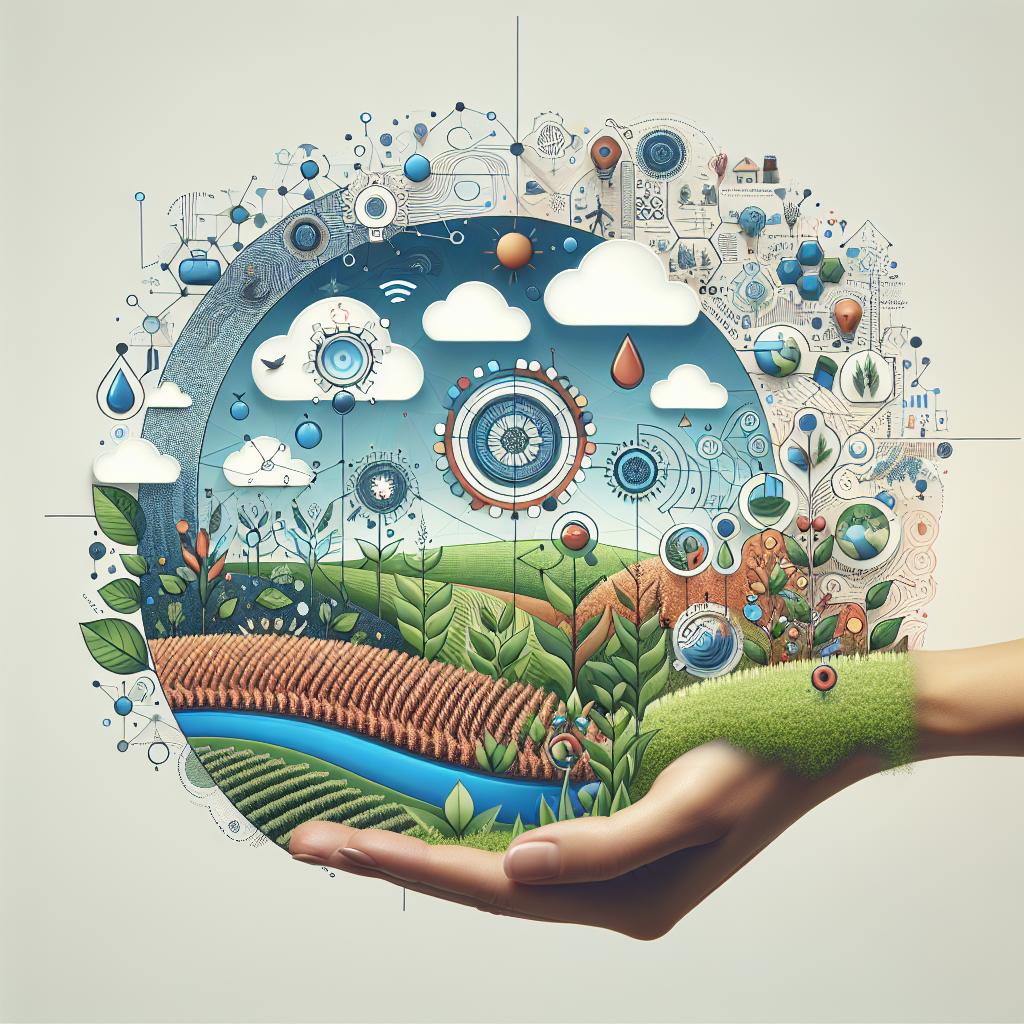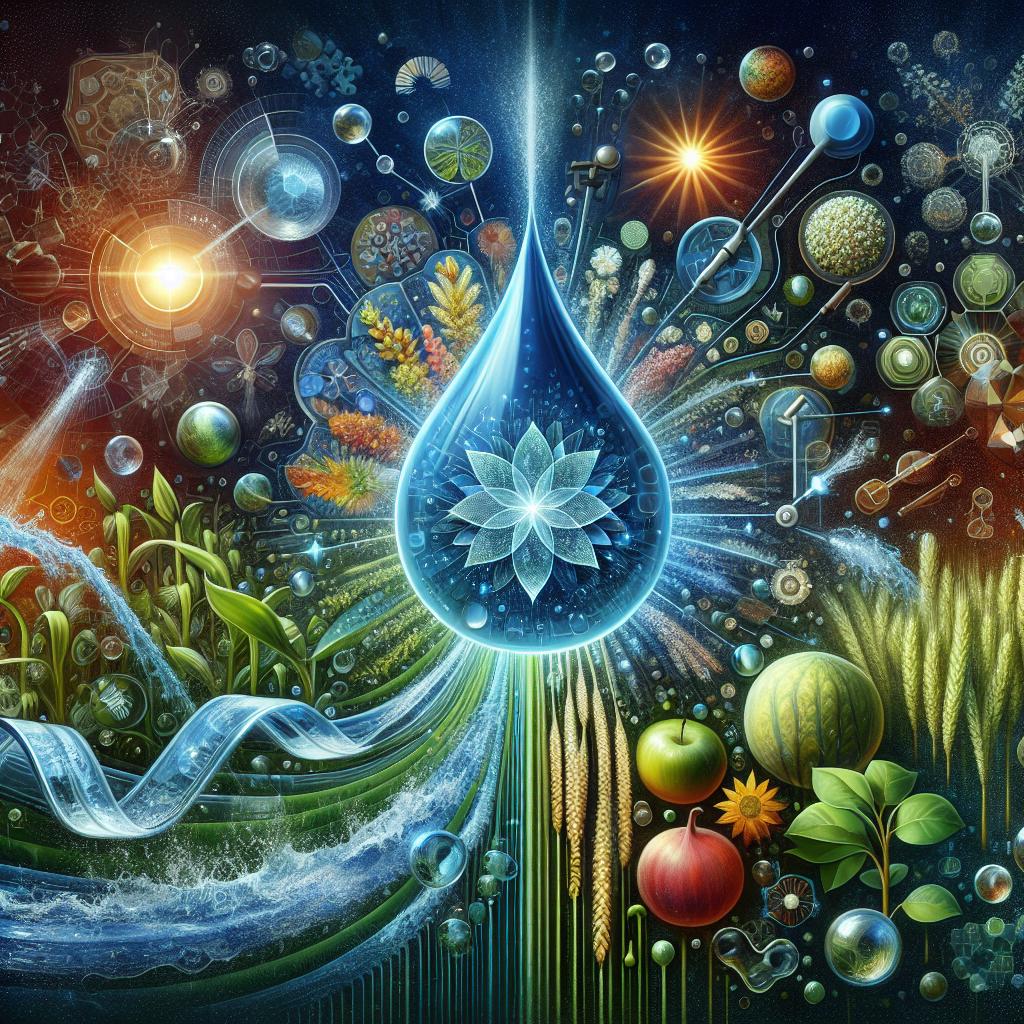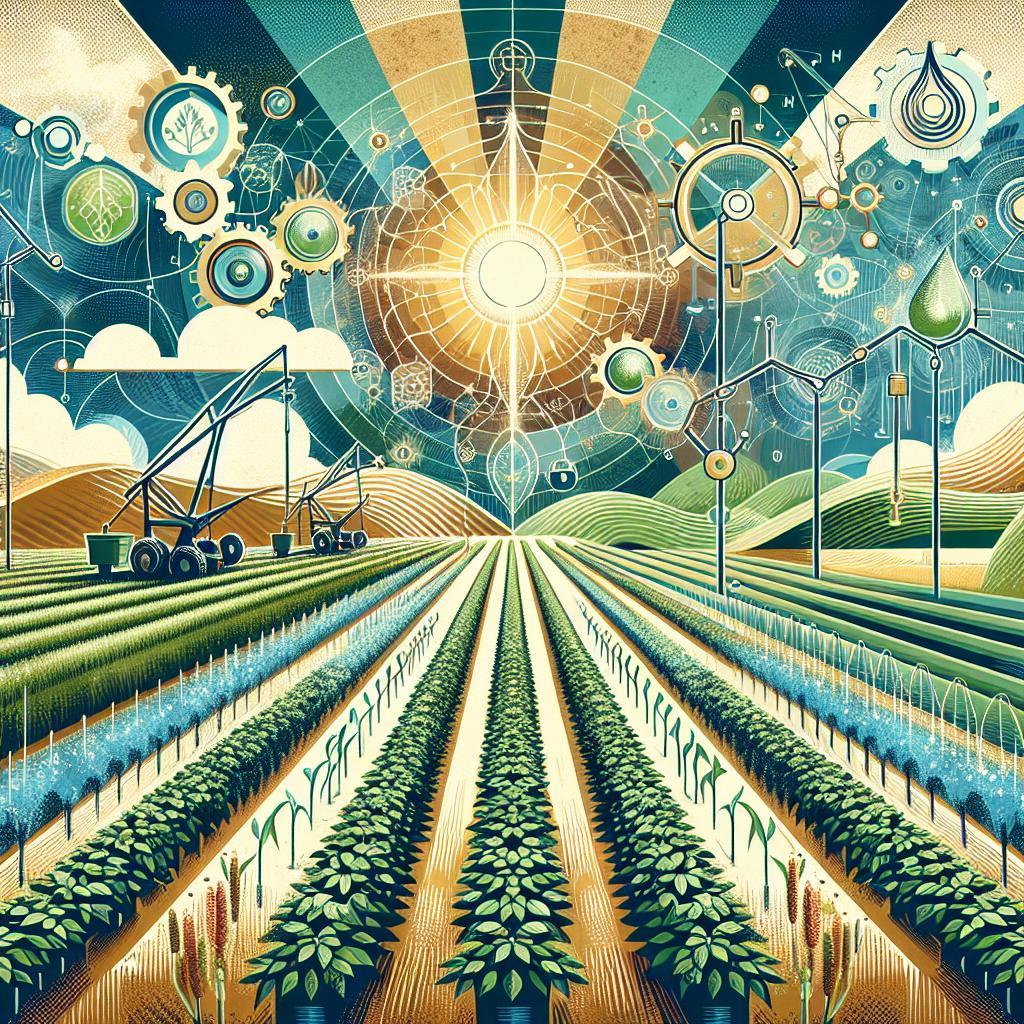This post may contain affiliate links which means I may receive a commission for purchases made through links. Learn more on my Private Policy page.
Revitalize Your Roots: A Amiable Guide to Retrofitting Your Farm Irrigation System for Enhanced Efficiency
As the sun rises over golden fields and the soft murmur of morning breezes whispers through the crops, we certainly know that every farmer dreams of nurturing a bountiful harvest.But what if we told you that the secret to that dream lies not just in the soil and seeds, but in something as simple as water? in an age where every drop counts, retrofitting your farm’s irrigation system can be your best ally for conservation, cost savings, and crop vitality. Whether you’re an old hand at farming or a green-thumbed newbie, this friendly guide is here to help you transform your irrigation practices with a sprinkle of innovation and a dash of sustainability. Join us as we explore practical tips and creative strategies to enhance the efficiency of your watering system, ensuring that your crops thrive while you reduce waste and maximize resources. Let’s dig in and learn how to quench your fields with purpose!
Revamping Your Irrigation: A Step-by-Step Guide to Modernization
Modernizing your farm’s irrigation system can result in significant benefits, not just in terms of water usage but also in crop yields and overall efficiency. Start by conducting a thorough assessment of your current system. Identify areas for enhancement such as outdated components, leaks, and inefficient water distribution. Here are some key steps to consider during your evaluation:
- Inspect for Leaks: Check pipes, fittings, and connections diligently.
- Assess Coverage: Evaluate whether all areas of your crops are receiving adequate water.
- Monitor Technology: Look for old timers or valves that can be upgraded to more efficient alternatives.
After assessment, it’s time to implement upgrades. Consider incorporating smart irrigation technology,such as moisture sensors and automated control systems,which can drastically reduce water waste. You may also wont to shift to drip irrigation if you haven’t already; it minimizes evaporation and delivers water directly to the plant roots.To help with your planning,look at this simple comparison table outlining different irrigation types and their efficiency:
| Irrigation Type | Water Efficiency | Cost |
|---|---|---|
| drip Irrigation | 90-95% | Medium |
| Sprinkler System | 70-80% | Low to Medium |
| Surface Irrigation | 60-70% | low |

Maximizing Water Usage: Smart Technologies for Every Farm
Retrofitting your farm irrigation system can significantly enhance water efficiency and reduce operational costs. Start by integrating smart controllers that adapt to weather changes and soil moisture levels. These controllers ensure that your crops receive the optimal amount of water without the risk of over-irrigation. Additionally, consider installing drip irrigation systems which deliver water directly to the plant roots, minimizing evaporation and runoff. Supplementing these systems with moisture sensors can provide real-time data, allowing you to make informed decisions about when and how much to water.
to further maximize efficiency, leverage the power of data analytics for irrigation practices. By collecting data over time, you can identify trends and adjust schedules based on real-world conditions. Implementing rain gauges can also help you understand when natural precipitation occurs, allowing you to pause irrigation to conserve water. Utilize a combination of these technologies to establish an irrigation management plan that meets your farm’s specific needs. Below is a table outlining key components and their benefits:
| Technology | Benefits |
|---|---|
| Smart Controllers | adapts to weather and soil conditions, preventing overuse |
| Drip Irrigation | Reduces evaporation and focuses water on plant roots |
| Moisture Sensors | provides real-time moisture data for precise watering |
| Data Analytics | Identifies patterns and improves decision-making |
| Rain gauges | Tracks rainfall to reduce unneeded irrigation |

tailoring Solutions: choosing the Right System for Your Unique Landscape
When it comes to optimizing your farm’s irrigation system, understanding the unique characteristics of your landscape is crucial. every field has its own set of challenges—from soil types to elevation differences—that can impact water efficiency. Thus, start by conducting a thorough site assessment. This involves looking at aspects such as:
- Soil permeability: Identify how quickly water can move through your soil.
- Crop water requirements: Different plants have varying needs for moisture.
- Topography: Assess slopes and contours, which can influence runoff and retention.
Once you’ve gathered this data,consider implementing tailored solutions such as drip irrigation systems or precision sprinklers. These technologies can enable you to target specific areas of your farm that require more attention and reduce overall water waste. Here’s a fast decision table to help you choose an irrigation method based on your landscape:
| Landscape Feature | Recommended System |
|---|---|
| Flat Terrain | Sprinkler System |
| Hilly Areas | Drip Irrigation |
| vegetable Crops | Soaker Hoses |
| Fruit Orchards | Micro-Sprinklers |

Boosting Crop Health: The Benefits of Efficient Irrigation Practices
Implementing efficient irrigation practices not only conserves water but also significantly enhances crop health. By retrofitting your farm’s irrigation system,you can ensure that water is delivered precisely where it’s needed,minimizing waste and promoting robust plant growth.Some effective strategies include:
- Drip Irrigation: Delivers water directly to the root zone, reducing evaporation and runoff.
- Soil Moisture Sensors: Monitor moisture levels to apply water only when necessary, optimizing usage.
- Rainwater Harvesting: Collects rainwater for irrigation, decreasing dependency on municipal supplies.
Retrofits can greatly improve both the efficiency and effectiveness of water use in your farming operations. By analyzing current practices, you can identify areas for enhancement and implement smart technologies that lead to healthier crops and higher yields. Consider categorizing potential improvements by their benefits, such as:
| Improvement | Benefits |
|---|---|
| Smart Controllers | automated scheduling based on weather, reducing labor costs. |
| Micro-sprinklers | Precise water submission with minimal evaporation loss. |
| Subsurface Irrigation | Water delivered underground, reducing weed growth and evaporation. |
In retrospect
As we draw the curtain on our journey through the world of irrigation retrofitting,we hope you’ve found inspiration and practical insights to breathe new life into your farm’s watering system. Remember, embracing innovation doesn’t just lead to improved efficiency; it helps cultivate a sustainable future for our crops and our planet. Every drop saved today can make a world of difference tomorrow.
As you stand on the cusp of transformation, envision your fields thriving with the bounty of optimized irrigation. Whether it’s through smart technology, advanced drip systems, or eco-friendly practices, each step you take is a seed planted toward a greener future. So, grab your tools and get creative—because every improvement not only nurtures your crops but also enriches the soil of our shared agricultural legacy.
Happy retrofitting, and may your efforts yield abundant harvests for seasons to come! 🌱💧
This post may contain affiliate links which means I may receive a commission for purchases made through links. Learn more on my Private Policy page.

